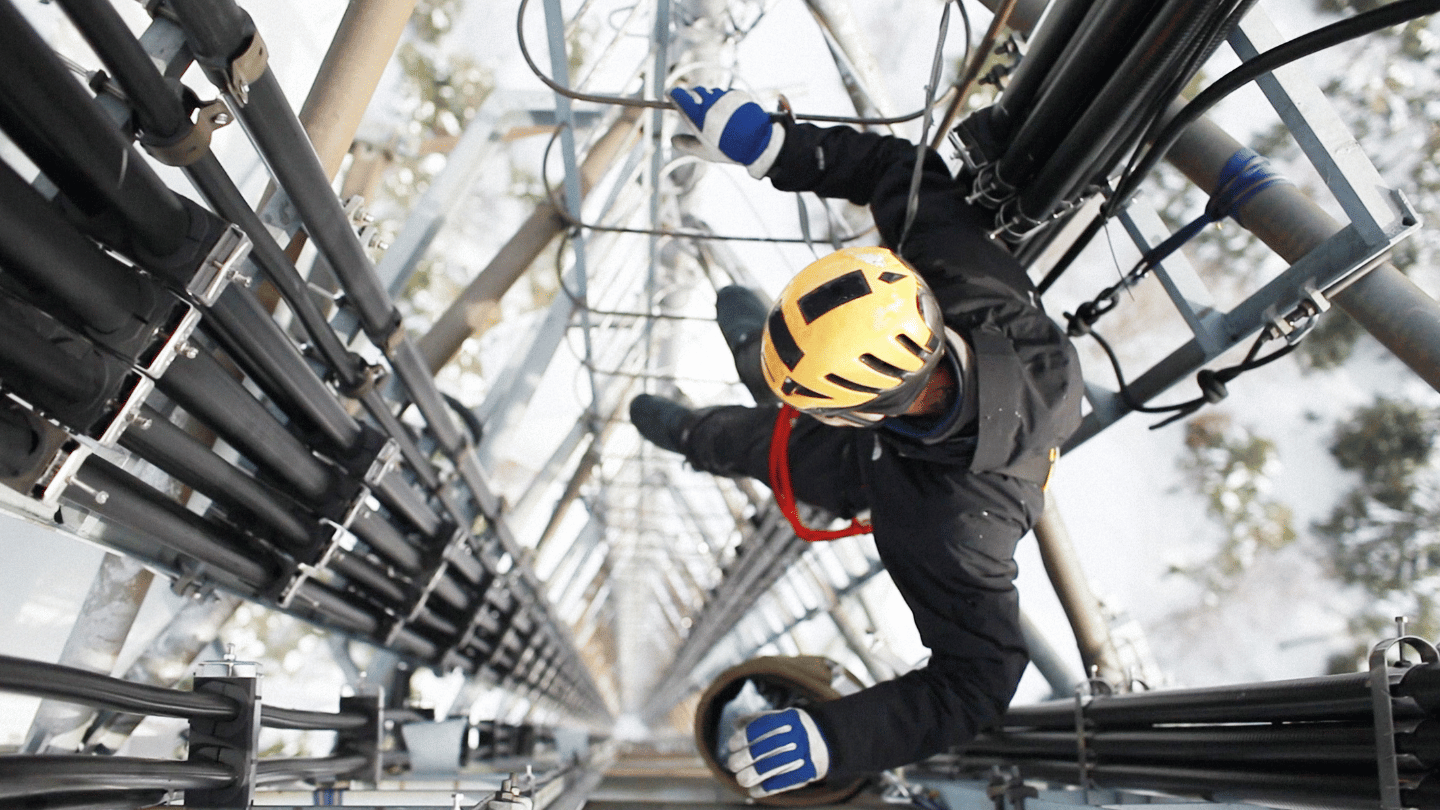Issues
Heat Stress & Illness
More than 90 million U.S. workers are exposed to heat on the job. Although illness from exposure to heat is preventable, every year thousands become sick and many workers die.
Get the Facts
5x
Low-income, minority workers are more likely to suffer from heat stress and illness
Source: Public Citizen
100%
Preventable injuries and deaths from extreme heat
Why It's Important
Heat waves are occurring 3 times more regularly today than in the 1960s, and the average heat wave season is a 49 days longer. ISEA believes that a national heat stress standard is a crucial step towards protecting some of our most vulnerable workers in a warming world.
In 2022, OSHA launched a National Emphasis Program (NEP) to protect millions of workers from heat illness and injuries. Through the program, OSHA is conducting heat-related workplace inspections before workers suffer completely preventable injuries, illnesses or, even worse, fatalities. The NEP creates a particular focus for OSHA inspectors over the next three years to proactively inspect workplaces for heat-related hazards on high-risk worksites, worksites with a history of heat-related incidents, and any site they may deem appropriate on days when the heat index reaches 80°F or higher or when the National Weather Service issues a heat warning or advisory.

Immediate Past Chair, ISEA
What We're Doing
ISEA recently established a Heat Stress Solutions Product Group, where safety equipment professionals are discussing the creation of a Heat Stress Solutions consensus standard.
Members of this group met with Members of Congress and Congressional Staff this summer to demonstrate cooling PPE and discuss the need for a heat stress standard.
ISEA is working with ASSP on their Standard on Heat Stress Management (A10.50). OSHA will consider this standard when doing inspections.
What You Can Do
Establish a Heat Safety Program – To protect the health and safety of occupational workers exposed to heat stress, employers must establish strategies, resources, and feasible heat safety recommendations that workers will accept and follow. Employer Heat Safety Programs should include planning, guidance and training.
Know your environment - The weather forecast does not always predict actual job site conditions. To determine your microclimate, OSHA recommends the use of a Wet Globe Bulb Temperature Monitor which measures temperature, cloud cover, sun angle, wind speed, and humidity.
Acclimate workers to hot conditions – New workers or those returning after an absence should be acclimated slowly to very hot environments, starting with just a few hours each day and increasing gradually.
Hydrate the right way – Encourage your workers to hydrate as much as possible the night before, during their shift, and after work! Provide an electrolyte replacement drink or ice water to workers throughout the day. If hydration is too far away, or unpleasantly warm, people won’t hydrate properly.
Modify work to rest ratio – If conditions are especially hot, increase break time and frequency to allow workers to cool off and hydrate.
Provide quality body cooling PPE - Portable, reusable cooling gear that cools instantly, and stays cool for hours provides on-demand relief from the heat.

